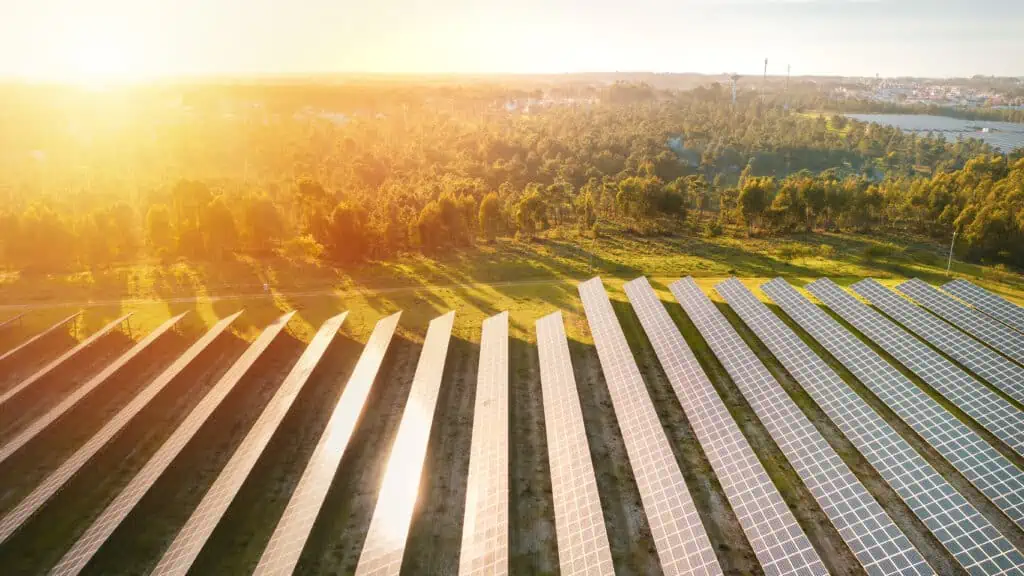Solar energy is the most abundant source of energy on Earth. To put this into perspective, the amount of sunlight that hits the Earth’s surface in 90 minutes is enough to handle the world’s energy consumption for an entire year.
Today, we use solar to power homes, cares, appliances, businesses, cities, and more.
Solar technologies, such as photovoltaic panels convert sunlight into electrical energy – this energy can be used immediately, stored in batteries, or stored thermally.
“Photovoltaics (PV) gets its name from the process of converting light (photons) to electricity (voltage). This is called the photovoltaic effect. This phenomenon was first exploited in 1954 by scientists at Bell Laboratories who created a working solar cell made from silicon that generated an electric current when exposed to sunlight. Solar cells were soon being used to power space satellites and smaller items such as calculators and watches. Today, electricity from solar cells has become cost competitive in many regions and photovoltaic systems are being deployed at large scales to help power the electric grid.” Source: nrel.gov
Solar Panels
When the sun shines onto a solar panel, energy from the sunlight is absorbed by the PV cells in the panel. This energy creates electrical charges that move in response to an internal electrical field in the cell, causing electricity to flow.
Solar cells, mostly composed of conductive silicon, change electrical characteristics when exposed to light, resulting in the generation of an electric current. These cells, approximately 6″ x 6″ in size, feature electrical contact plates and are arranged in a grid on a protective back sheet, covered with glass to form solar panels.
To power a typical home or office, multiple panels are required. A collection of panels connected to the same inverter is referred to as a string, with inverters having a maximum string size limiting the number of supported panels. For instance, a system might include two inverters supporting two strings of 10 panels each, creating a 20-panel array.
Pros and Cons
Pros
-The Sun is an infinite and sustainable resource.
-Lower Electric Bills: Solar power significantly reduces monthly utility costs, potentially bringing electric bills down to $0 with a properly sized system.
-Solar systems are ideal for remote locations where it may be impractical or costly to run power lines, providing access to energy off the grid.
Cons
-Initial installation costs for solar systems can be quite high and can be up to five-figure amounts for full-scale family home systems or commercial properties.
-Solar panel efficiency is affected by shading, snow, and obstacles, potentially reducing output.
-Space Requirements: Most solar panels are over 3 feet wide and 6-7 feet tall and require considerable space. An average residential system with several dozen panels takes up significant property space.
-Batteries, essential for storing solar power, constitute a significant cost in solar systems.
